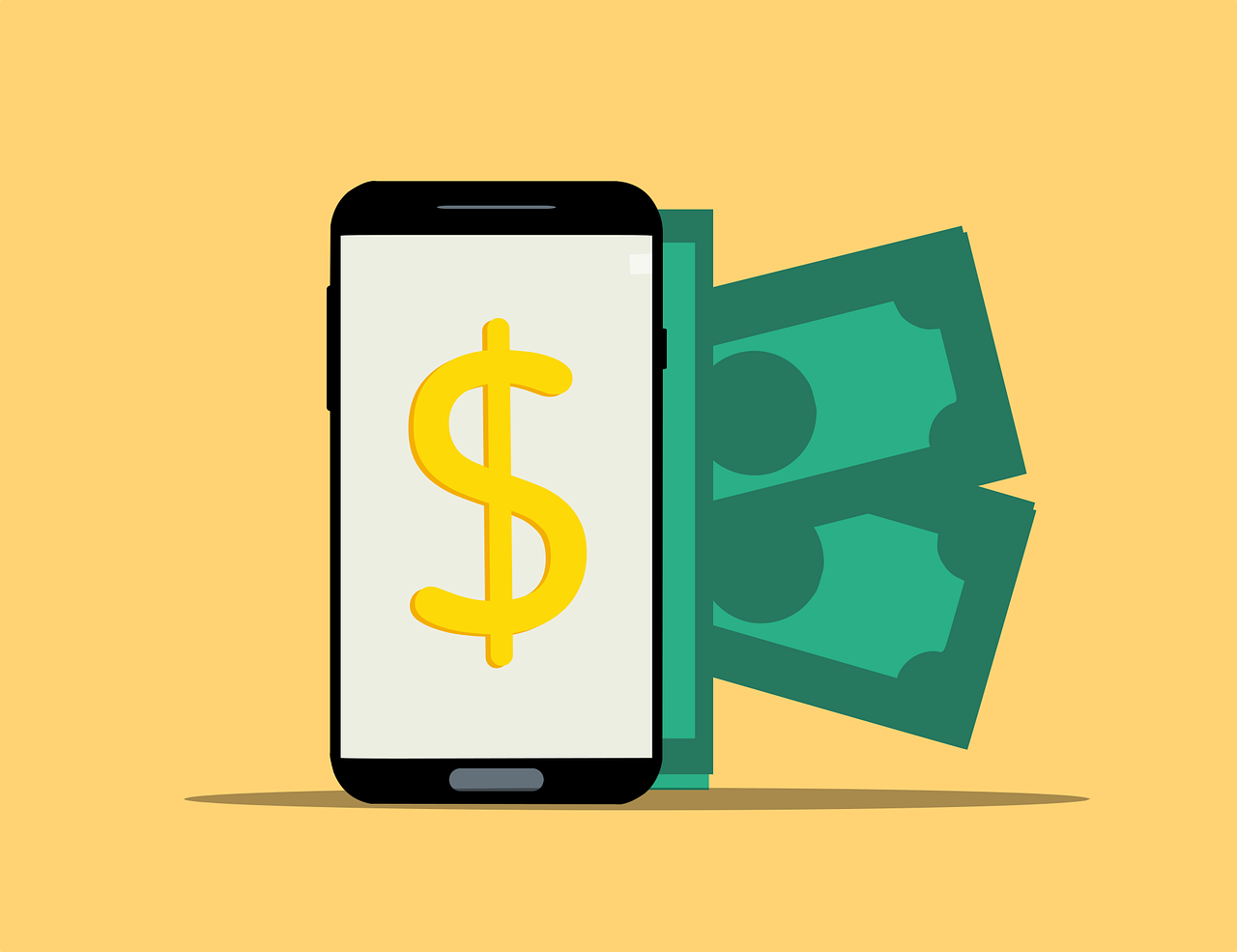
17 Apr RETAIL VS. ONLINE, SOCIAL eCOMMERCE: THE FUTURE OF SHOPPING
The retail industry is in a state of constant evolution. As technology keeps surging forward by leaps and bounds, so too does the way consumers purchase goods and services. From the early days of brick-and-mortar stores to the advent of e-commerce and social commerce, each stage of this journey has transformed the shopping experience. Now, we find ourselves on the brink of another seismic shift in the retail landscape, where emerging technologies will reshape our shopping habits once again. Where exactly is the future of shopping going though? Time to talk it out!
Our tour of tomorrow starts with the integration of AR and VR. These immersive technologies enable customers to virtually try on clothes, preview furniture in their homes, and even walk through virtual stores. The implementation of these tech-powered solutions will not only enhance the online shopping experience but will also help brick-and-mortar retailers create more engaging in-store experiences. For example, AR-enabled mirrors can allow customers to see how clothes would look on them without trying them on, reducing the need for fitting rooms and speeding up the shopping process. Additionally, VR can create virtual showrooms for products, allowing customers to explore options and make more informed decisions before purchasing.
AI and machine learning are set to play a pivotal role in the future of shopping too, with many retailers already leveraging these technologies to improve the customer experience. By analyzing consumer data and preferences, AI can offer personalized product recommendations, which are likely to result in higher conversion rates.
Moreover, AI-powered chatbots are transforming customer service, providing instant and accurate responses to customer queries around the clock. As these technologies become more sophisticated, we can expect even greater levels of personalization, with automation-driven systems anticipating customer needs and offering tailored solutions before customers even realize they require them.
The delivery process is another area where technology is helping to evolve the field. Autonomous vehicles, drones, and robots are all being developed to handle last-mile deliveries. These solutions have the potential to increase efficiency, reduce costs, and minimize the environmental impact of transportation.
In the future, we can expect to see a wider adoption of these technologies, with drone deliveries becoming increasingly common, particularly in urban areas where traffic congestion poses a significant challenge. As a result, customers will enjoy faster, more convenient delivery options, transforming the way they receive their purchases.
No surprises here either: As digital currencies become more widely accepted, you can bet your bottom (virtual) dollar that we’ll be seeing an increasing number of retailers accepting cryptocurrencies as a form of payment. This shift will not only provide customers with greater flexibility but will also offer retailers a more secure and cost-effective payment option.
Furthermore, blockchain technology, which underpins cryptocurrencies, has the potential to revolutionize supply chain management, offering greater transparency and traceability. This will enable retailers to verify the authenticity of products, reduce fraud, and ultimately improve customer trust.



